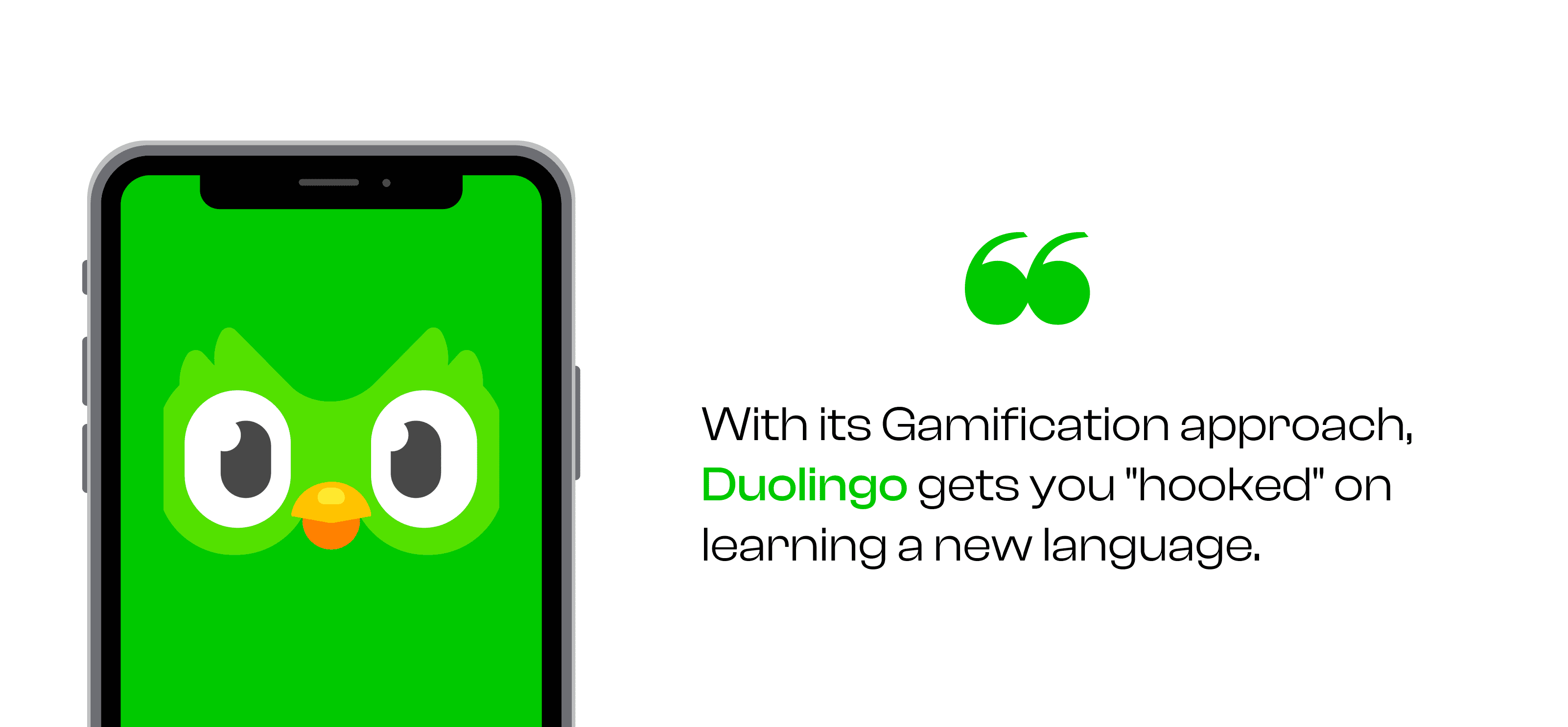Balancing Between Creativity and Ethics

Gianmarco Caprio
Writer and editor at Phase with a fondness for photography, typography, design and travel.
Design as a Catalyst for Positive Change
In recent years, we’ve seen designers create sustainable architecture and energy-wasting spheres. We’ve seen ergonomic apps that have massively improved people’s lives, as well as ones that are literally time and money-sinks. One thing is clear: design can be a catalyst for positive change or it can be a means to drive the worst tendencies of society.
Current and future generations of designers cannot be disengaged from the changes happening around them, and it is crucial for design to increasingly become a force for positive change. In light of this, one can easily understand the ethical responsibilities that design professionals have, being the first in line when it comes to turning any major project into a reality.
The Ethical Responsibility of Designers
We can often forget this, but designers need to consider the moral consequences of their work. When ethical evaluations are integrated into the creative process, designers can ensure their work is, at the very least, not detrimental to anyone, while at best it can spur positive change or influence other designers to do the same.
Human-Centered
At the heart of human-centered design lies a focus on people's needs and experiences. Engaging end users in the design process helps designers listen to different voices and is essential when coming up with solutions that cater to the needs of many.
By placing people at the core of the design process, designers come out of their comfort zones and are confronted with one of their biggest challenges - taking in a wide range of perspectives and mediating between them.
Aside from talent, experience, and staying on top of things, If there’s anything that can help a designer’s vision and inspiration go a long way, it is precisely the willingness to be open to other viewpoints and life experiences.

It’s fundamental that design truly becomes a cooperative effort going forward, if it aims to be human-centered as well as universal. The best examples of design that puts people first were born as a result of this very approach.
Duolingo is a solid example of a human-centered product. This app has helped many people around the world get acquainted with new languages, in a simple and intuitive way.
Think of it: how many times did we think to ourselves “I would love to know Japanese!”, and yet have never done even a single step that would get us closer to this goal. That is because big books, grammar, and staying focused are things that intimidate us and scare us away from learning a new language.
Duolingo, on the other hand, makes you want to learn a new language: by using psychological strategies and a gamification approach, you get hooked on learning. For those unfamiliar with the term, gamification indicates the use of gaming mechanics to engage users.

Eco-Aware & Sustainable
By leveraging creative solutions and innovative thinking, design can drive change on a global scale. It does more than just shape how the world around us looks - it, quite literally, shapes the world around us.
A testament to that is the significance of sustainable design in the Green Revolution. Through eco-friendly practices and renewable technologies, design is paving the way for a more sustainable future. But how does design actually help in doing that… ?By now, eco-aware design is part of our everyday lives. Just think of clothing: many brands now offer clothes that are produced using a special type of polyester yarn known as rPET, which is obtained by melting down recycled plastic bottles.

Available to All
As well as improving sustainability and helping the Green Revolution, design is also becoming a powerful tool in making spaces and products available to all. In fact, design can help reduce - or, in the best case scenario, eliminate - differences between people with different abilities.The pioneering work of universal design is Designing for the Disabled, published by Selwyn Goldsmith back in 1963. This book has popularized the concept of free access for disabled people, and led to the development of one of the milestones in barrier-free design - the dropped curb.

Global and Cross-Cultural
As different communities have been increasingly transformed by globalization, and people from all walks of life have had more frequent chances to get in contact with peoples, cultures and traditions that would otherwise have remained unknown.
This increased contact among peoples - favored by the spread of Internet on one hand, and by real life encounters made possible by air travel on the other - have reduced differences between humans and have therefore made cultural context less of an issue for design’s quest to create products that are truly available to all.
Nevertheless, differences still significantly outweigh the similarities, and this often creates issues for designers of all types to come up with solutions and ideas that can be easily applied to every human collective.
The Future of Design as a Force for Good
The unstoppable technological advancements give designers unprecedented opportunities to create innovative solutions to address future challenges. And not only should they use such opportunities, they must. First, because if they don’t, that puts a big question on their capabilities as designers, since by definition designers are also innovators, and need to stay on top of changes.
But, as mentioned earlier, designers also have a moral liability for any consequence of their work. A designer that decides to simply do away with any moral considerations certainly puts a stain on his or her professional standing.
Designers should also not forget that collaboration is key when it comes to tackling complex issues. By working together across disciplines, designers can pool their expertise to develop holistic and effective solutions and bring about real change.
Nowadays, designers have the very rare opportunity to set the standards when it comes to promoting both social and environmental responsibility through their work: this allows designers to elevate themselves beyond just a category of creative professionals, and become leading voices in shaping our future.
. . .
Start Animating
Get Started with Our Free, Web-Based Platform.
© Phase Software GmbH 2024